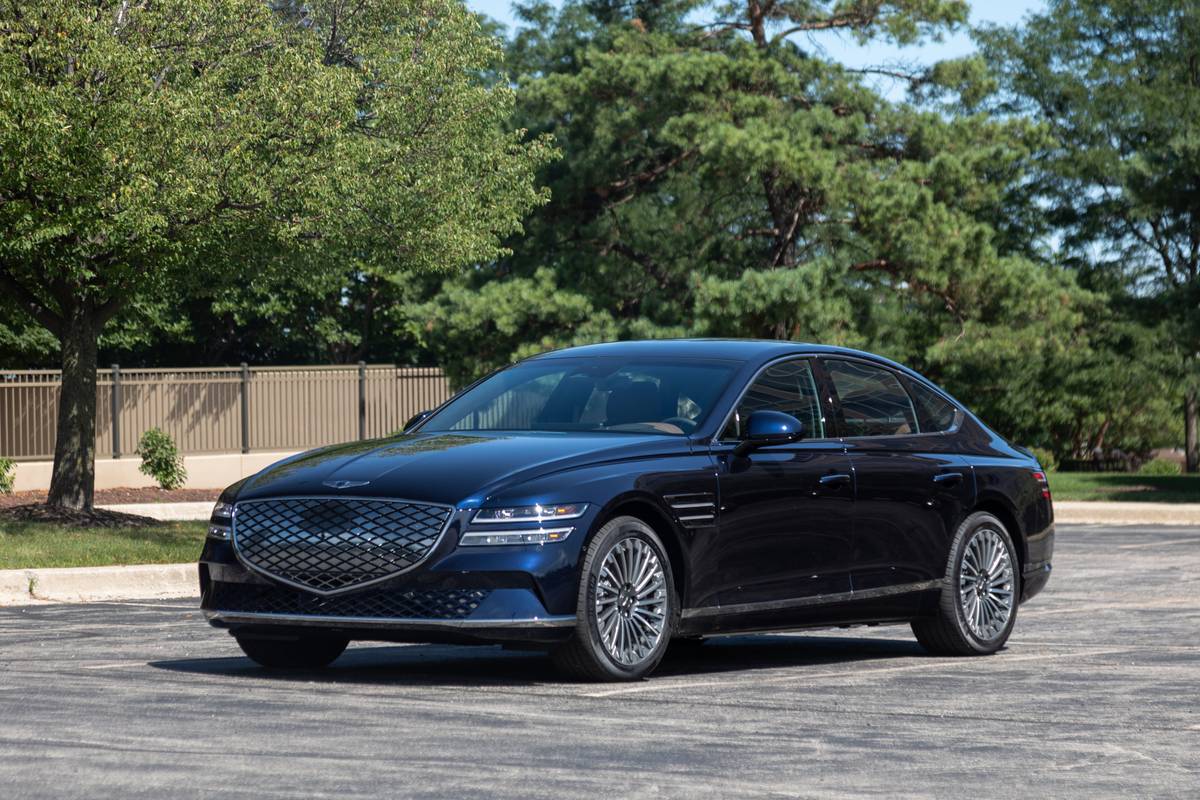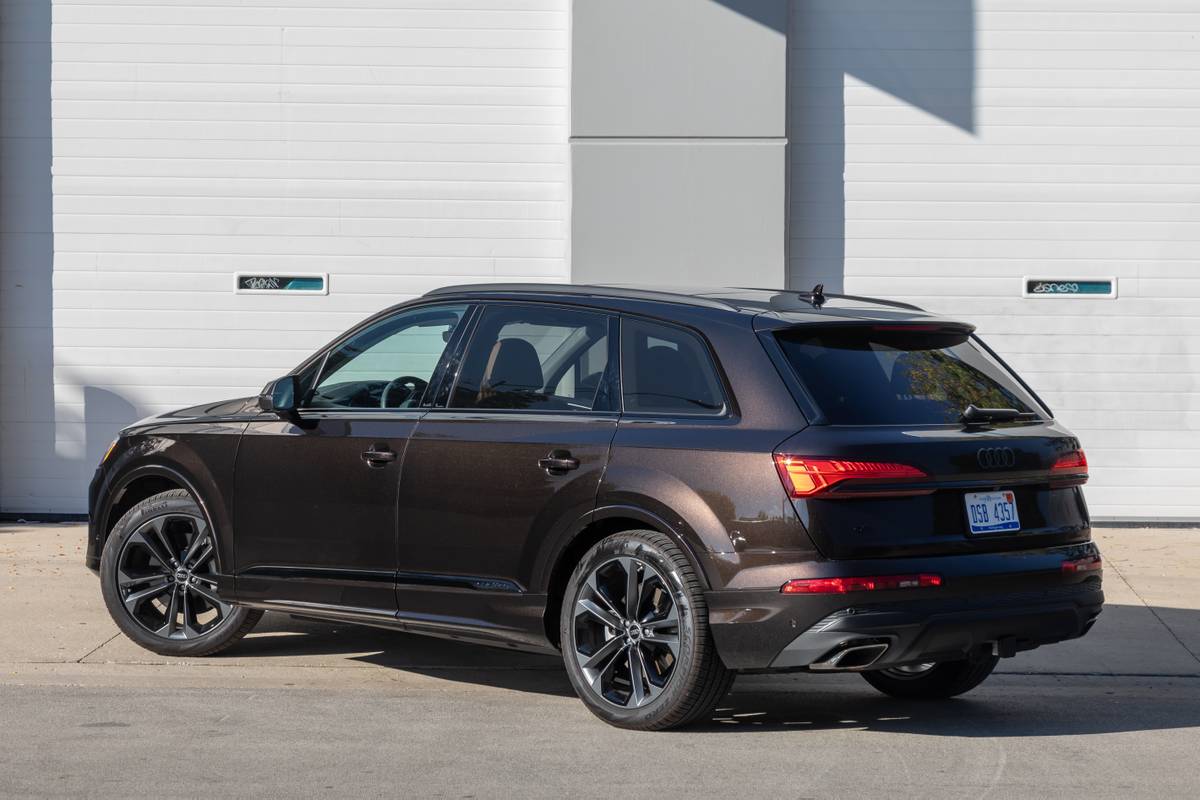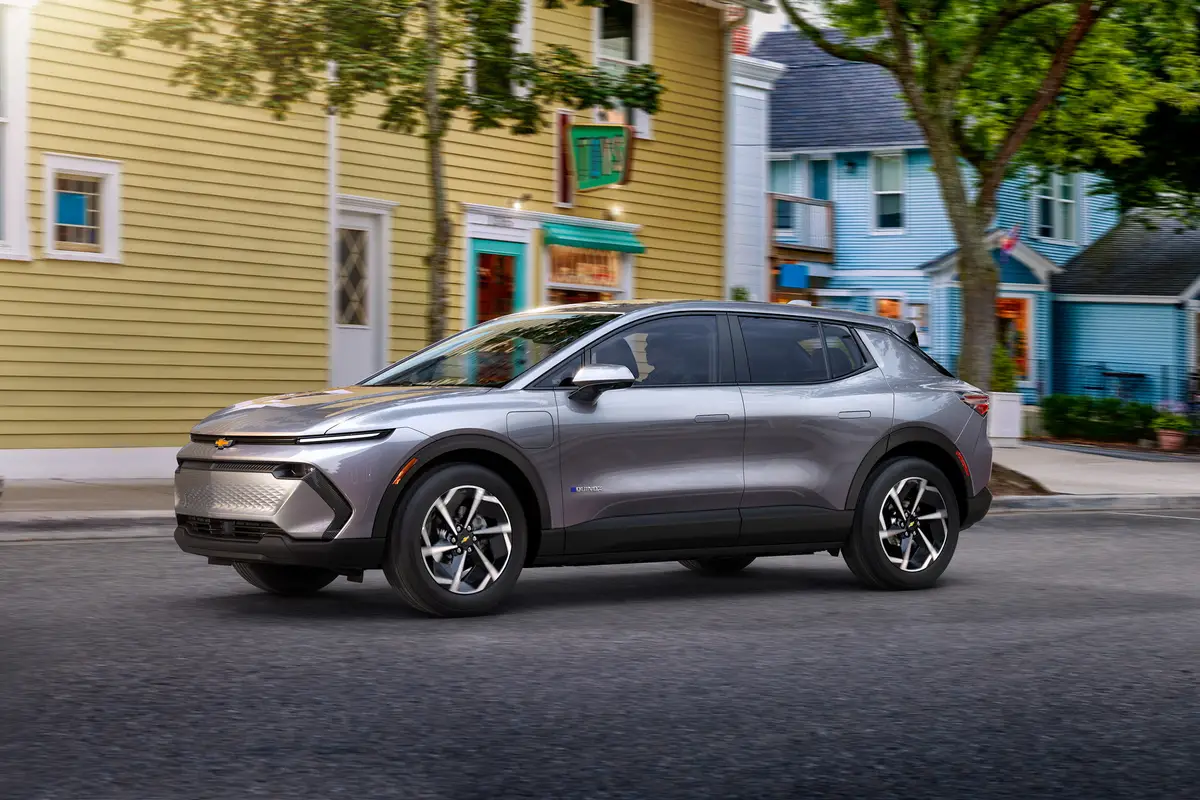IndyStar.com's view
With virtually everything new except the name, the 1997 Ford Escort carries the flag of the Ford Motor Co. this year as a lot more car for about the same money.
The Escort is Ford’s entry-market automobile that appeals to a wide range of younger buyers. It now is available in a four-door sedan or wagon. The coupe has been discontinued.
The Escort is available in base, Sport and LX trim in sedan form and as an LX wagon, with a price spread from about $11,000 to $14,000, depending on options. In return, there are major upgrades to the exterior and interior styling, and to the powertrain and suspension.
The styling bears a touch of the bigger and more expensive Taurus and Contour, especially at the front end. The low hood, the sweep of the headlamps, the front fascia reflect a dominant theme that identifies the model with Ford.
The softer, rounder shape delivers a more contemporary aerodynamic look. Bumpers, bodyside mouldings and door handles are color-keyed on the LX for a more upscale image. Styled bolt-through wheel covers complete the appearance and help prevent theft.
Stylists may have had an easier vehicle with which to work, because, at 174.7 inches of overall length, the ’97 Escort sedan is 4 inches longer than its predecessor.
Of interest is the fact that the ’97 wagon is 2 inches shorter than the new four-door, a contrary design approach in that, generally, wagons are longer in overall length than accompanying sedan models. The wheelbases on the two models, however, are identical at 98.4 inches.
In taking advantage of the increased size, the Escort’s redesigned interior gives occupants about 3/4 inch of extra front legroom and more than 1/2 inch of extra headroom.
Almost every interior component is new, with front and rear seats upgraded for more comfort and featuring new trim levels. The front doors have map pockets integrated with the AM/FM stereo speaker grille. Windows feature solar-tinted glass. And a 60/40 split-fold rear seat is standard in the Sport and LX.
Overall, the Escort imparts an image of a much more expensive car, and is much more refined than ever before.
It appears that the designers paid as much attention to technology as to styling cues for the sedan and wagon. The models are quieter and smoother than their predecessors. You can’t say performance is in the barn-burner category. But, with 0-60 miles an hour rated in the 10-second bracket, the go-forth effort is pretty good for small, family-style automobiles.
You can chalk this up to a new, Ford-built 2.0- liter (121 cubic inches) engine that produces 25 percent more horsepower, has increased torque and has excellent fuel economy.
There is only one engine offered, a 12-valve, inline, single overhead cam four-cylinder that produces 110-horsepower and 125 foot-pounds of torque. That’s good response from a three-valve single cam, as it comes close to the benchmark performance number of 1-horsepower per cubic inch.
The engine features new split po rt induction technology that enhances better throttle response, while at the same time providing good fuel mileage.
With the five-speed manual transmission , city mileage is 28 miles per gallon and 37 on the highway. A four-speed automatic also is available. Fuel consumption with the automatic is 26 mpg city, 34 highway.
Driver’s of past Escorts are going to be impressed by the smoothness and improved roadability of the ’97 model. And the basis for accomplishing this lies in attaching advanced running gear components to a stiffer body/chassis structure.
Torsional rigidity has been increased by 25 percent, with the body stiffness enhancing a revised front and rear suspension system. Revisions to the MacPherson front strut suspension include a stiffer front stabilizer bar and gas-charged struts.
In addition, wider wheels with a 5.5-inch rim width for the car’s tires increase the fr ont-drive Escort’s traction, particularly in high speed corners.
At the back, a stiffer rear susp ension features modified linkage and a new stabilizer bar. Both front and rear systems are designed to reduce body roll through fast turns or in quick maneuvers.
Latest news



